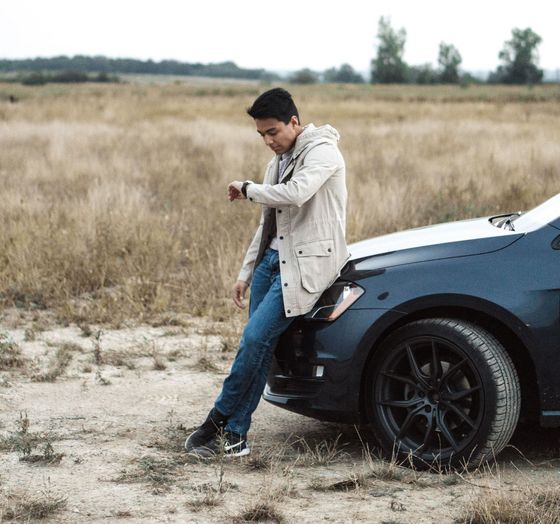As a
tow truck driver, ensuring the safety of both the vehicle being towed and fellow motorists on the road is paramount. Towing a car involves more than simply attaching it to the back of the truck and driving away—it's a meticulous process that blends artistry with science. Here are essential steps that every tow truck driver should adhere to for the secure transport of a vehicle.
First and foremost, securing the vehicle to the tow truck is crucial. Depending on the vehicle type, this may entail using chains or straps to encircle the car's frame and fasten it securely to the truck. Sometimes, teams need to employ
welding services to make sure the vehicle is secure. Ensuring the wheels of the towed vehicle are properly immobilized, either by locking them in place or employing wheel chocks, is also imperative.
Once the vehicle is firmly attached, the tow truck driver must verify that the car's systems are operational. Starting the vehicle to confirm the brakes are functioning correctly is essential. Additionally, checking the lights and signals, particularly when towing at night, is vital for safety.
During the
towing process, driving with caution and attentiveness is paramount. The towed vehicle should remain in the same lane as the tow truck, with the driver avoiding abrupt stops or accelerations. Maintaining a safe distance between the tow truck and the vehicle being towed is crucial to prevent swinging caused by sudden braking or acceleration.
Lastly, the tow truck driver must be mindful of the vehicle's load limits. Overloading the tow truck can pose serious risks and increase the likelihood of accidents.
Towing a vehicle safely requires a delicate balance of skill and knowledge, and partnering with the right towing service is essential. By adhering to these steps, tow truck drivers can ensure the secure and reliable transport of the vehicles they tow.






